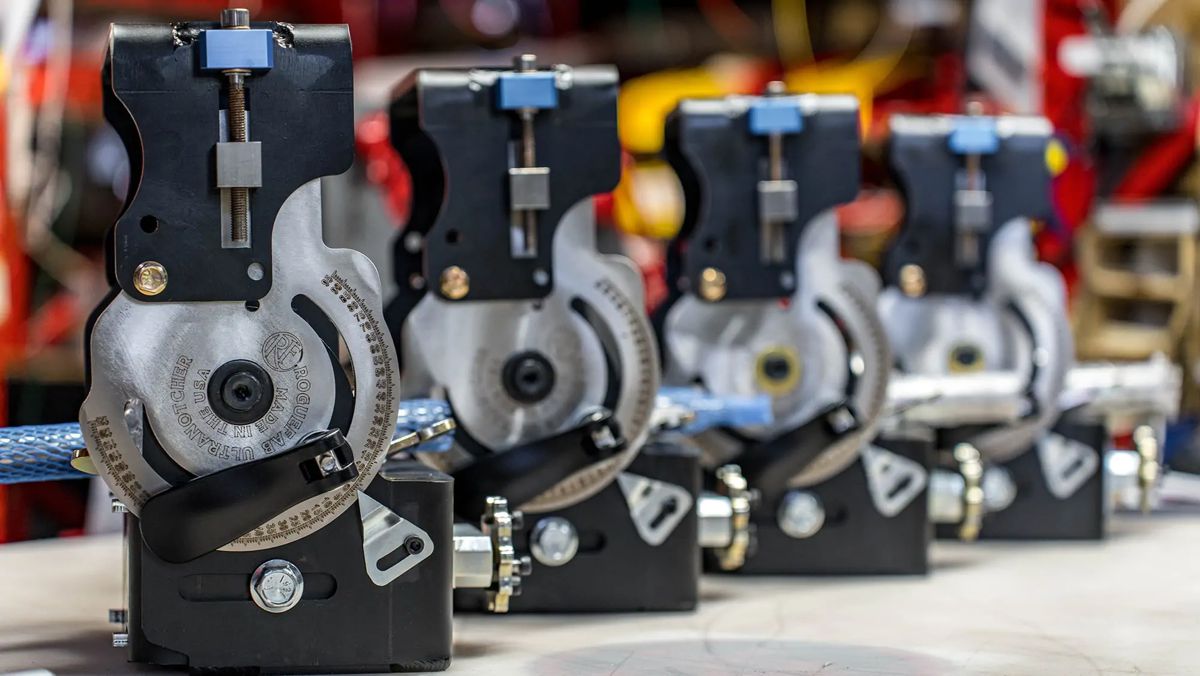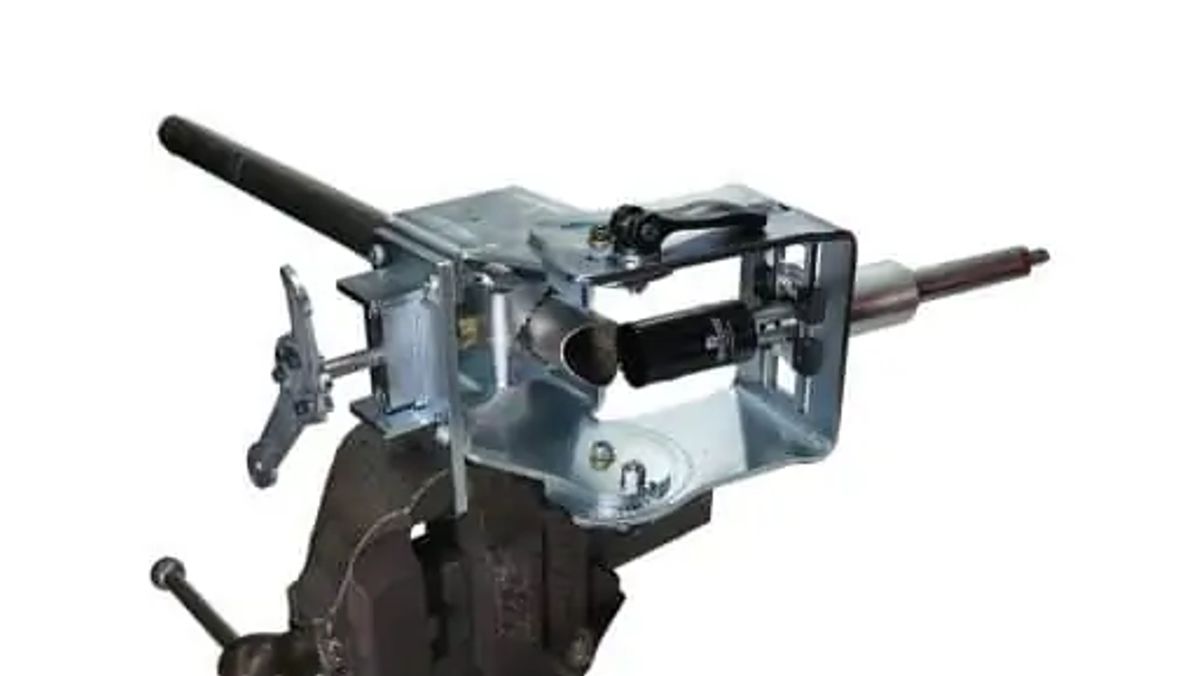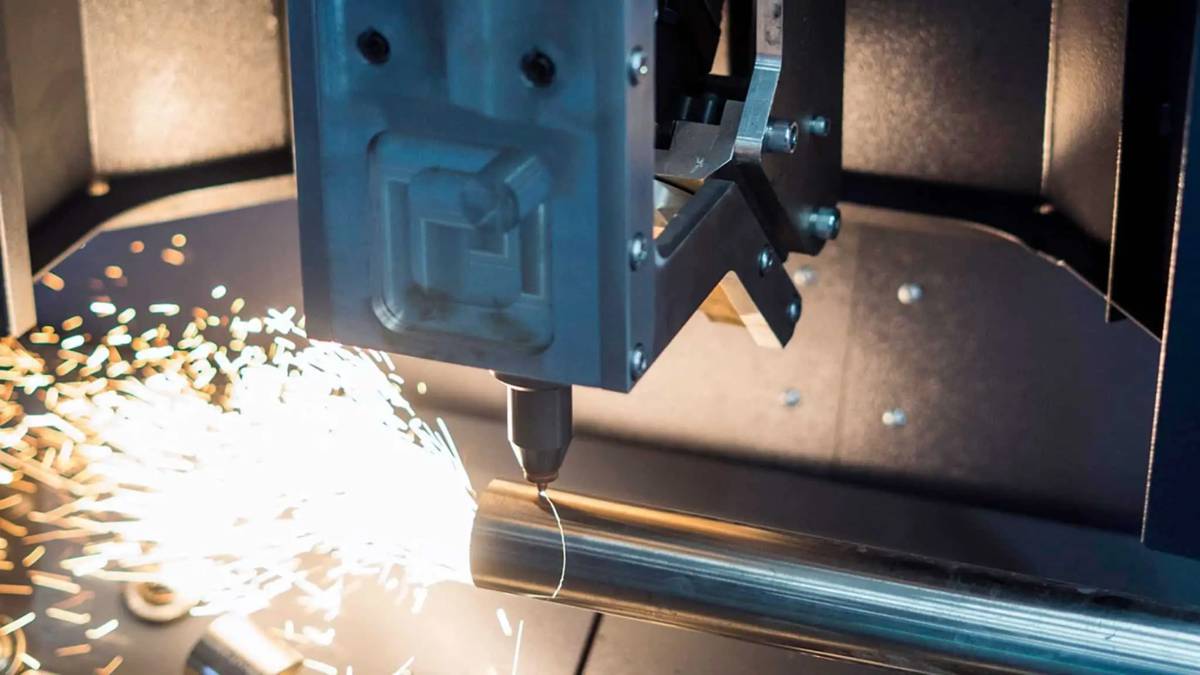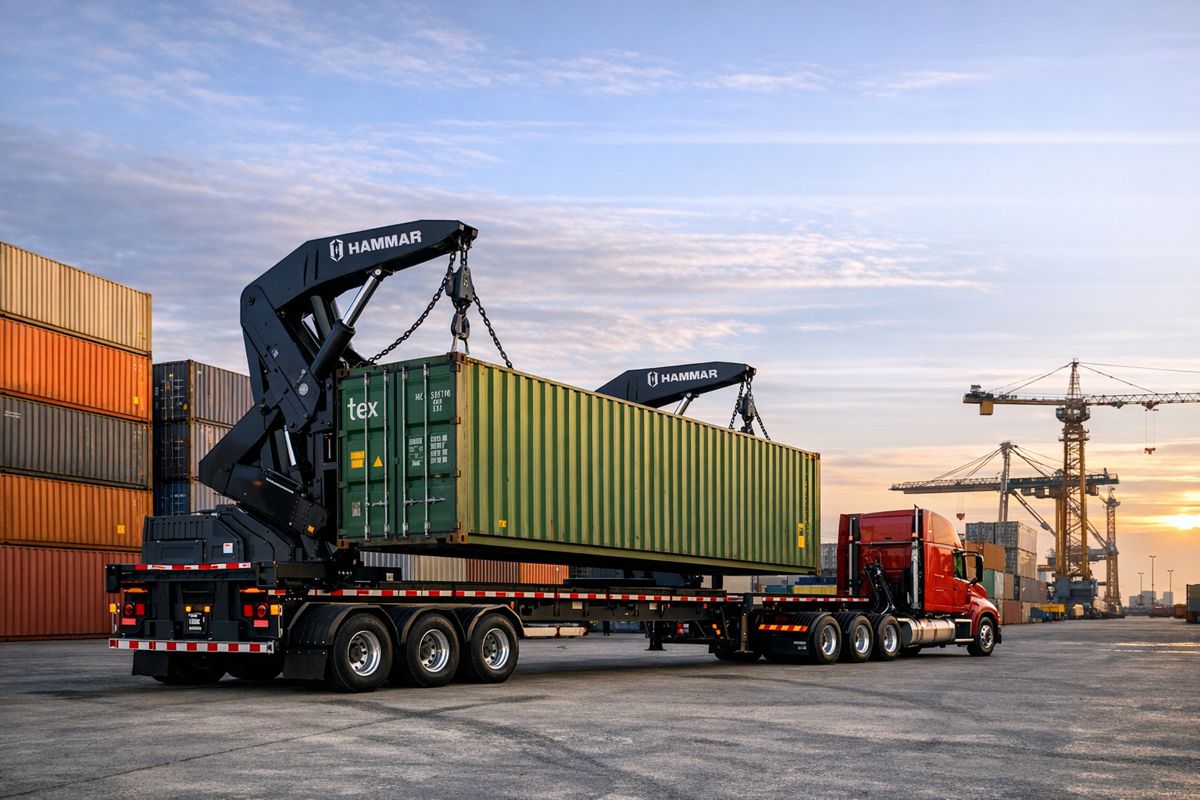Tube Notchers essential for Fabrication and Metalworking
Tube notchers are essential tools in metalworking and manufacturing, designed specifically for creating precise cuts or “notches” in tubes.
These tools are vital for anyone involved in fabricating frameworks, like in automotive roll cages, railings, and bicycle frames, where tubes must fit together perfectly at various angles.
What Is a Tube Notcher?
A tube notcher is a specialized tool used in metal fabrication that allows for the accurate cutting of holes or notches into tubes, enabling them to join neatly with other tubes at a range of angles. This precise alignment is crucial for ensuring structural integrity and aesthetic cohesion in complex metal frameworks.
The notching process becomes easier with the help of tube notchers from Roguefab.
How Does a Tube Notcher Work?
The operation of a tube notcher involves a few fundamental steps that transform a simple metal tube into a component ready for assembly. Below is a breakdown of the main stages involved in the notching process:
- Clamping: The tube is securely clamped in place to prevent any movement during the cutting process.
- Marking: The desired notch location and dimensions are marked directly on the tube.
- Aligning: The tube is aligned according to the cutting blade or hole saw to ensure the notch is perfectly positioned.
- Cutting: The cutting tool, either a hole saw, end mill, or other cutting blade, is activated to cut the notch.
- Finishing: Any burrs or sharp edges left from cutting are smoothed out to finalize the notch.

Key Components of a Tube Notcher
The effectiveness of a tube notcher relies on several critical components:
- Cutting Blade: The primary tool used for making the notch.
- Holding Fixture: Secures the tube in place during the notching
- Feed Mechanism: Advances the tube towards the cutting blade in a controlled manner.
What Are the Different Types of Tube Notchers?
Different types of tube notchers serve various applications, each with its benefits and limitations:
- Manual Tube Notchers: Ideal for custom or small-scale projects, manual notchers allow for detailed control and are best used with lighter materials.
- Electric Tube Notchers: Electric notchers are more efficient and can handle repetitive tasks quickly, suitable for medium-scale productions.
- Hydraulic Tube Notchers: These are essential for high-volume, industrial environments where robustness and durability are needed.
How to Choose the Right Tube Notcher?
Selecting the appropriate tube notcher involves several factors:
- Material Type: The material of the tube affects the choice of notcher, as different notchers handle different material strengths.
- Tube Diameter and Wall Thickness: Ensuring the notcher can accommodate the size of the tube is crucial.
- Production Volume: The volume of work dictates whether a manual, electric, or hydraulic notcher is most suitable.

Step-by-Step Guide on Using a Tube Notcher
From setup to completion, here’s how to operate a tube notcher:
- Assembly: Put together the notcher according to the manufacturer’s instructions.
- Adjustment: Adjust the notcher settings based on the tube size and the angle of the notch.
- Test Run: Conduct a test run to ensure everything is set correctly before the actual operation.
- Securing the Tube: Place and secure the tube in the notcher.
- Setting the Angle: Adjust the angle for the notch as needed.
- Cutting Process: Activate the notcher to cut the tube.
- Post-Process Inspection: Check the notch for accuracy and finish.
Maintenance Tips for Tube Notchers
To keep a tube notcher in good working condition, regular maintenance is crucial:
- Blade Sharpening: Keep the blades sharp for clean cuts.
- Lubrication: Regularly lubricate moving parts to reduce wear.
- Component Inspections: Regularly check all components for signs of wear or damage.
Common Applications of Tube Notchers
Tube notchers are used in various industries, including:
- Automotive: For creating roll cages and frames.
- Construction: In the fabrication of metal structures and frameworks.
- Metal Art: For decorative metalwork requiring precise angular joins.

The Importance of Quality Tubing for Precision Notching
Achieving precise and clean notches isn’t just about using the right tools—it also depends on the quality of the tubing itself. Inferior or inconsistent materials can lead to weak joints, poor weld penetration, and structural issues down the line. That’s why professionals prioritize certified casing and tubing to ensure durability, accuracy, and optimal results.
Choose from certified new and used casing and tubing to match your project’s specifications. High-quality materials reduce inconsistencies, improve weldability, and enhance the overall strength of the finished structure. Whether working on automotive roll cages, pipeline fittings, or industrial frameworks, the right tubing is just as crucial as the notching equipment you use.
Troubleshooting Common Issues with Tube Notchers
Common issues might include misalignment, incomplete cuts, or excessive wear. Each problem typically has straightforward fixes, such as adjusting the blade, recalibrating the notcher, or replacing worn components.
What Are the Latest Advances in Tube Notching Technology?
Recent innovations in tube notching include automated CNC tube notchers that offer precision and repeatability, enhancements in blade materials for longer life, and the integration of digital interfaces for easier control and adjustments.
Indispensable tools for the metalworking industry
Tube notchers are indispensable in the metalworking industry, providing the precision necessary for complex constructions.
Understanding how to choose, use, and maintain your tube notcher will greatly enhance the quality and efficiency of your work, helping you advance in the field of metal fabrication.



















